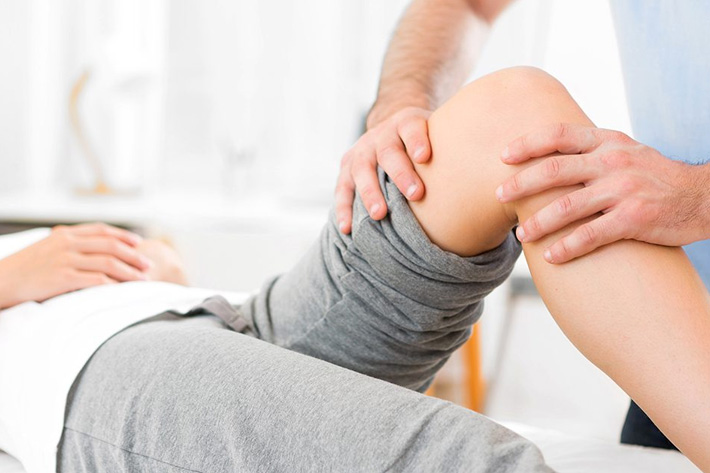An anterior cruciate ligament (ACL) tear is a common knee injury, especially among athletes involved in sports that require quick changes in direction or pivoting movements. The ACL is one of the four major ligaments in the knee joint, and its main
function is to stabilize the knee by preventing excessive forward movement of the tibia (shinbone) relative to the femur (thighbone).
Causes of ACL Tears:
ACL tears typically occur due to sudden twisting or pivoting motions, hyperextension of the knee, or direct trauma to the knee. Some common causes include:
- Sports-related injuries: Activities that involve sudden stops, changes in direction, jumping, or landing can put stress on the ACL and lead to tears. Sports like soccer, basketball, football, and skiing
carry a higher risk. - Non-contact injuries: Sometimes, ACL tears occur without direct contact or collision. It can happen when a person lands awkwardly from a jump or makes a sudden change in direction.
Causes of ACL Tears:
The treatment for an AC
L tear depends on several factors, including the individual’s age, activity
level, the extent of the injury, and the presence of associated injuries. Here are the main treatment
options:
- Non-surgical treatment: In some cases, particularly for less active individuals or those with partial ACL tears, non-surgical approaches may be considered. This typically involves physical therapy and
rehabilitation exercises to strengthen the knee and improve stability. However, non-surgical treatment may increase the risk of future knee instability or additional knee injuries. - Surgical treatment: Most active individuals, particularly athletes, opt for surgical intervention to restore knee stability and function. There are two primary surgical techniques for ACL reconstruction:
- Autograft: This involves using a portion of the patient’s own tendon as a replacement for the tornACL. The most commonly used autografts are the patellar tendon and the hamstring tendon.
- Allograft: In some cases, a donor tendonis used for ACL reconstruction. This is known as anallograft. Allografts are typically used for individuals who have certain considerations, such asmultiple ligament injuries or a history of failed previous ACL reconstructions.
The choice between autograft and allograft depends on various factors, including the patient’s age, activity level, surgeon’s preference, and individual circumstances.
Postoperative Rehabilitation:
Rehabilitation after ACL surgery is a crucial part of the recovery process. Physical therapy typically begins soon after surgery and focuses on regaining range of motion, strengthening the muscles around the knee, improving stability, and gradually returning to normal activities.
Recovery Timeline:
The recovery timeline after an ACL tear and surgery varies for each individual. It can take several months to a year to regain full strength and return to sports or high-impact activities. However, it’s
important to note that recovery is a gradual process, and individuals should follow the
ir healthcare provider’s instructions and progress at their own pace to minimize the risk of reinjury
It’s essential to consult with a healthcare professional, such as an orthopedic surgeon or sports
medicine specialist, for an accurate diagnosis and personalized treatment plan based on your specific condition.





